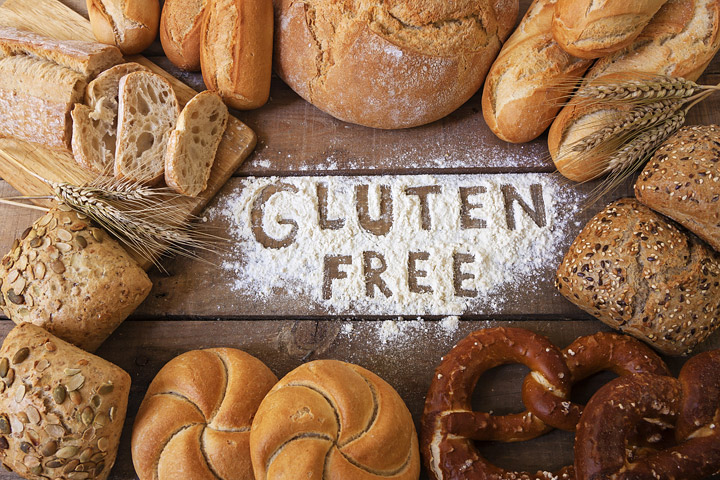
Gluten-free is all the rage these days. A 2013 study showed that a whopping 30% of Americans are actively trying to avoid glute. Although the harmful effects of gluten are controversial among health experts, it is known that several health conditions respond positively to a gluten-free diet.
Fortunately, there are many healthy and delicious foods that are naturally gluten-free. Avoiding gluten does NOT have to be tasteless or boring.
What is Gluten?
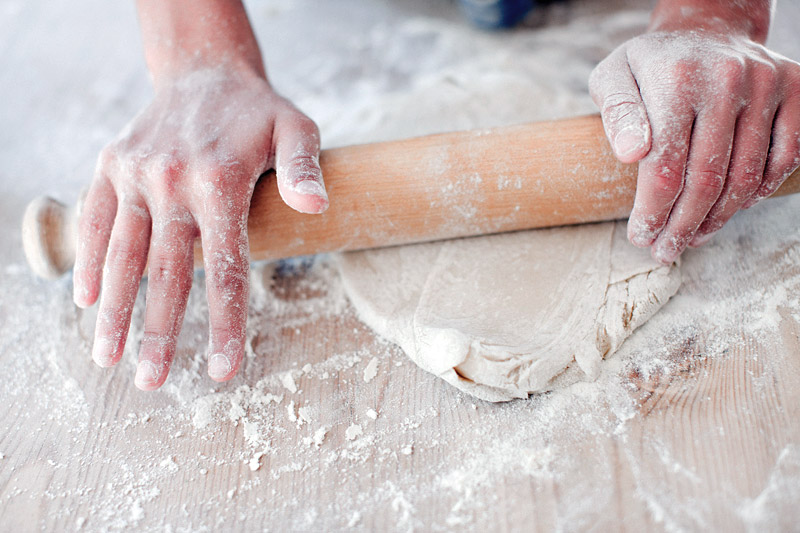
Gluten is the name of a family of proteins present in grains like wheat, spelt, rye and barley.
There are two main gluten proteins, called gliadin and glutenin. It is the gliadin part that causes the harmful effects. When wheat flour is mixed with water, the gluten proteins form a sticky cross-linking network that has a glue-like consistency.
The name glu-ten is derived from this glue-like property. If you’ve ever held wet dough in your hands, then you will know what I’m talking about. Gluten makes the dough elastic, and gives it the ability to rise during breadmaking. It also tastes good, and provides a chewy, satisfying texture.
Many People Are Sensitive to Gluten
The most severe form of gluten intolerance is called celiac disease, which affects about 0.7-1% of the population. This serious disease is caused by an autoimmune reaction when the gliadin proteins enter the digestive tract.
This can lead to a degenerated gut lining, nutrient deficiencies, severe digestive issues and other serious conditions, many of which are hard to link to digestion. Unfortunately, most people with celiac disease do not know that they have it, as the symptoms can often be vague and difficult to diagnose.
Then there is another condition called non-celiac gluten sensitivity. This involves an adverse reaction to gluten in people who do not have celiac disease.
There are no good numbers on how common it is, but some estimates place it around 0.5-13%. In people with gluten sensitivity, gluten may cause diarrhea, stomach pain, bloating, fatigue, depression and various other symptoms. A gluten-free diet has also been shown to be effective for some cases of schizophrenia, autism and a type of cerebellar ataxia called gluten ataxia.
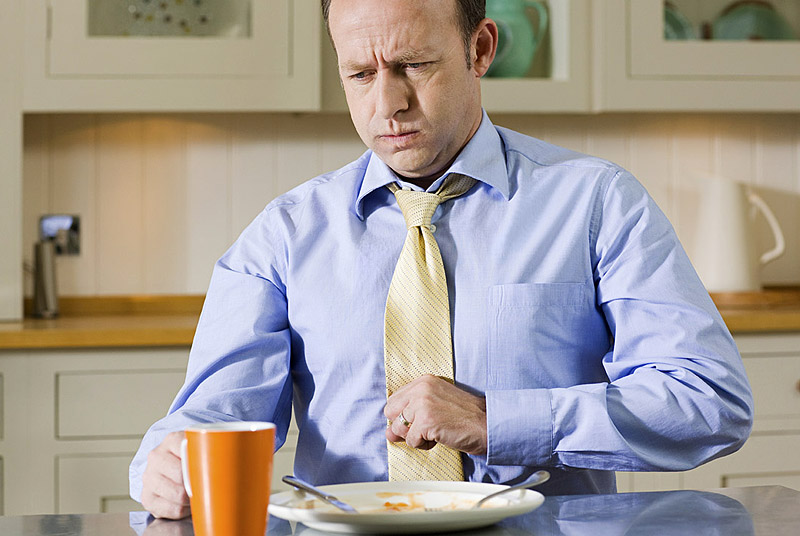
All of this being said, there is currently very little evidence that gluten is harmful for everyone. Many people seem to tolerate it just fine.
There is even evidence that many people with gluten sensitivity are actually sensitive to FODMAPs (a type of carbohydrate in wheat and other foods), not gluten. For these people, a low-FODMAP diet is more appropriate than a gluten-free diet.
A Gluten-Free Diet Can be Challenging
The purpose of the gluten-free diet is to completely eliminate gluten from the diet. However, this can be a major challenge, especially considering that gluten-containing ingredients (like wheat) are added to various different foods.
In order to go gluten-free, you need to start reading labels on everything you eat, and may need to make significant changes to the foods you eat from day to day.

If you think you have a serious condition like celiac disease, then please consult with your doctor before going gluten-free, as it may not be possible to diagnose the disease if you’re already avoiding gluten.
Foods and Ingredients to Avoid
There are several foods that always contain gluten, and should always be avoided on a gluten-free diet:
- Wheat: all forms, including whole wheat, wheat flour, wheat germ and wheat bran.
- Spelt.
- Rye.
- Barley.
- Einkorn.
- Triticale.
- Kamut.
- Others: Durum flour, farina, graham flour, semolina.
Other foods usually contain gluten, and should be avoided unless specifically labelled “gluten-free,” or made strictly with gluten-free ingredients:
- Bread.
- Pasta.
- Cereals.
- Beer.
- Cakes, pies and pastries.
- Cookies, crackers, biscuits.
- Sauces, dressing and gravies, especially soy sauce.
Keep in mind that gluten can be found in all sorts of processed foods. Your best bet is to eat whole, single ingredient foods as much as possible.
Oats generally do not contain gluten, and are well tolerated in people with celiac disease. However, they are sometimes processed in the same facilities as wheat, and may therefore be “cross-contaminated” with gluten. Unless specifically labelled gluten-free, consider avoiding oats if you have celiac disease. Also keep in mind that certain supplements and medications may contain gluten.
Important: You really MUST read labels. Wheat and other gluten-containing ingredients are found in all sorts of different foods.
Foods to Eat
There are plenty of healthy and nutritious foods that are naturally gluten free.
- Meats: chicken, beef, lamb, etc.
- Fish and seafood: salmon, trout, haddock, shrimp, etc.
- Eggs: all types, but pastured/Omega-3 enriched eggs are best.
- Dairy: milk, cheese, yogurt.
- Vegetables: broccoli, kale, Brussels sprouts, carrots, onions, etc.
- Fruits: apples, avocados, bananas, oranges, pears, strawberries, blueberries, etc.
- Legumes: lentils, beans, peanuts, etc.
- Nuts: almonds, walnuts, macadamia nuts, etc.
- Tubers: Potatoes, sweet potatoes, etc.
- Healthy fats: olive oil, avocado oil, butter, coconut oil.
- Herbs, spices and condiments: Salt, garlic, pepper, vinegar, mustard, etc.
- Gluten-free grains: quinoa, rice, corn, flax, millet, sorghum, tapioca, buckwheat, arrowroot, amaranth, as well as oats (if labelled gluten-free).
- Others: Dark chocolate.
What About Processed Gluten-Free Foods?
A gluten-free diet can be very healthy, as long as you base the diet on real foods. However, you can also find numerous processed gluten-free replacement products, such as breads, pastries, muffins, cakes, cookies, and others.
In most cases, these foods are highly processed and made with sugar and refined grains. These are “empty” calories, and can lead to rapid spikes in blood sugar. If you don’t really care about health, but simply want to avoid gluten, then you can include these foods in your diet.
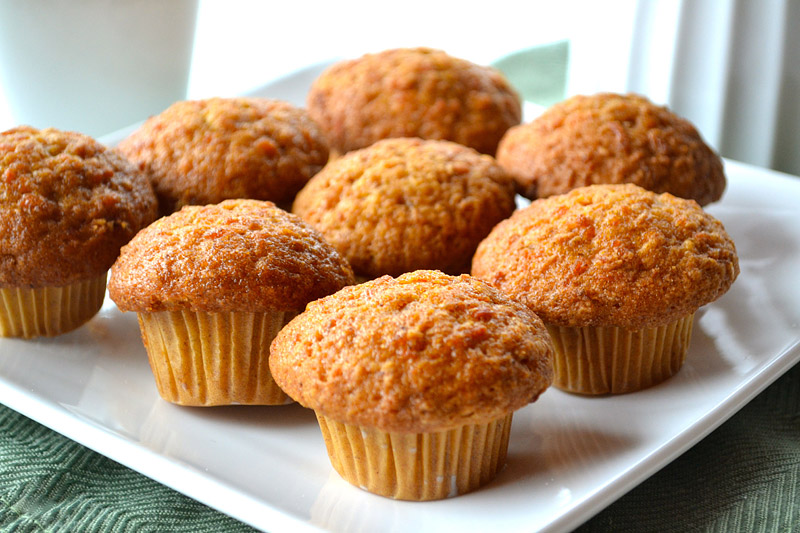
For optimal health, however, it is best to choose foods that are naturally gluten-free, not gluten-free products. Gluten-free junk food is still junk food.
Beverages
You can drink water, coffee and tea on a gluten-free diet. Fruit juices and sugary drinks are gluten-free, but you may want to avoid/minimize them as they are high in sugar.
Regarding alcohol, beer should be avoided unless labelled gluten-free, but most wines and spirits don’t contain gluten.
A Sample Gluten-Free Menu For One Week
This sample menu shows what a week on a gluten-free diet might look like. You can easily adjust this based on your own preferences.
Monday
- Breakfast: Scrambled eggs and veggies, with a piece of fruit.
- Lunch: Chicken salad, with some extra virgin olive oil and a handful of nuts.
- Dinner: Ground beef stir fry, with some veggies. Brown rice on the side.
Tuesday
- Breakfast: Oatmeal (gluten-free oats) with whole milk and raisins.
- Lunch: A smoothie with coconut milk, chocolate whey protein powder, berries and almonds.
- Dinner: Salmon, fried in butter, with salad.
Wednesday
- Breakfast: Omelet with veggies, and a piece of fruit.
- Lunch: Leftover salmon from the night before.
- Dinner: Burgers (no bun), fried in butter, with potatoes.
Thursday
- Breakfast: Greek yogurt with sliced fruits and nuts.
- Lunch: A tuna salad, dressed in olive oil.
- Dinner: Meatballs with vegetables and brown rice.
Friday
- Breakfast: Eggs and vegetables, fried in coconut oil, with a piece of fruit.
- Lunch: Leftover meatballs from the night before.
- Dinner: Steak with vegetables and mashed sweet potatoes.
Saturday
- Breakfast: Oatmeal, with a piece of fruit.
- Lunch: Leftover steak, veggies and sweet potatoes from the night before.
- Dinner: Baked salmon with butter and vegetables.
Sunday
- Breakfast: Bacon and eggs, with some fruit.
- Lunch: Greek yogurt with berries, sliced fruit, and nuts.
- Dinner: Grilled chicken wings, with vegetables, salsa and rice.
Healthy, Gluten-Free Snacks
If you find yourself hungry between meals, then here are a few ideas for gluten-free snacks:
- A piece of fruit.
- A handful of nuts.
- Some yogurt, perhaps with berries mixed in.
- Rice cakes.
- Baby carrots.
- Hard boiled eggs.
- Leftovers from the night before.
How to Eat at Restaurants
Most restaurants serve gluten-free options. Just skip the bread and tell the waiter that you’re on a gluten-free diet.
A protein source (meat or fish) with veggies, and a potato or rice on the side, are excellent gluten-free options when you’re eating out.
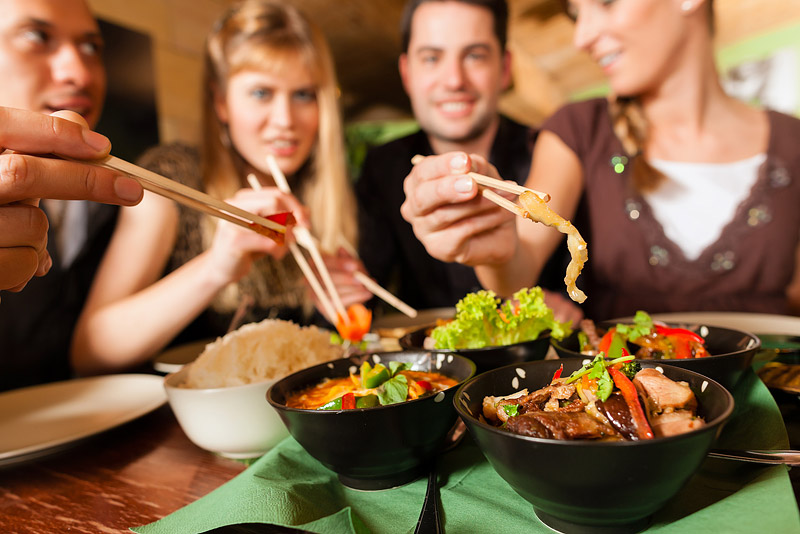
If you have celiac disease, make it clear to the waiter that you absolutely can not have any gluten, even in trace amounts. It may be a good idea to check their website or call ahead to ensure that the restaurant you are about to go to has gluten-free options.
A Simple Gluten-Free Shopping List
You can eat a massive variety of foods on a gluten-free diet. This simple shopping list should help you get started.
- Meat: beef, chicken, turkey, lamb, pork, etc.
- Fish: salmon, trout, sardines, tuna, mackerel, etc.
- Eggs.
- Dairy: yogurt, cheese, milk.
- Frozen vegetables.
- Fresh vegetables: carrots, peppers, greens, Brussels sprouts, lettuce, tomatoes, onions, etc.
- Fruits: Apples, avocado, bananas, pears, oranges.
- Berries: Strawberries, blueberries.
- Nuts: Almonds, walnuts, pistachios, macadamia nuts, hazelnuts, peanuts.
- Nut butters: peanut butter and almond butter.
- Legumes: lentils, beans, kidney beans, chickpeas.
- Grains: quinoa, buckwheat, rice, corn.
- Coconut oil.
- Olive oil.
- Olives.
- Butter.
- Chia seeds.
- Tubers: Potatoes and Sweet potatoes.
- Condiments: Sea salt, pepper, turmeric, garlic, parsley, etc.
How to Succeed on a Gluten-Free Diet
If you truly want to succeed on a gluten-free diet, then there are many resources available. A good place to start is getting a good book about the diet, as well as a gluten-free cookbook. That being said, this article should contain everything you need to get started.
At the end of the day, a gluten-free diet can be incredibly healthy and satisfying, if done right. For people with celiac disease or another gluten-related disorder, the benefits can literally be life-saving.

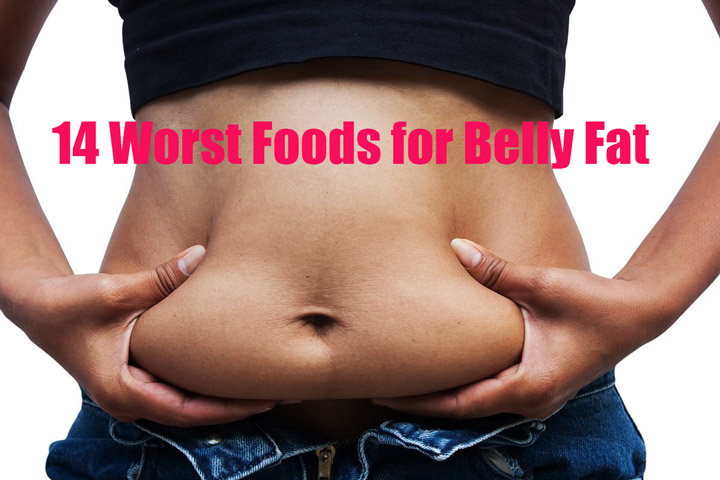
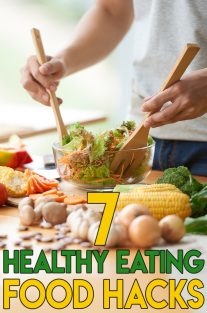
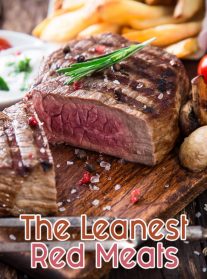
Leave a Reply